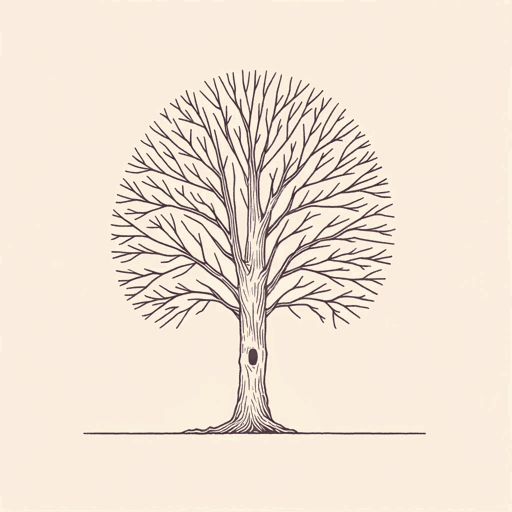105 pages • 3 hours read
Harper LeeTo Kill a Mockingbird
Fiction | Novel | YA | Published in 1960A modern alternative to SparkNotes and CliffsNotes, SuperSummary offers high-quality Study Guides with detailed chapter summaries and analysis of major themes, characters, and more. For select classroom titles, we also provide Teaching Guides with discussion and quiz questions to prompt student engagement.
Symbols & Motifs
Guns and Violence
Throughout To Kill A Mockingbird, guns serve as a shorthand for violence. Though the precise tone and message of this shorthand evolves throughout the book, each appearance of a gun raises new questions about the necessity of violence (and the peril it brings to those close to us).
In the southern world of Maycomb, guns are considered an essential part of life, to the degree that—upon reluctantly gifting his children guns for Christmas—Atticus claims he’s “bowing to the inevitable” (91). The guns are gifted, however, with firm cautions as to how they should be used. Atticus explains that they’re allowed to “shoot all the bluejays you want, if you can hit ‘em,” but they must “remember it’s a sin to kill a mockingbird” (103). Miss Maudie later illuminates the importance of this advice, explaining that mockingbirds “don’t eat up people’s gardens, don’t nest in corncribs, they don’t do one thing but sing their hearts out for us” (103). In other words, Atticus establishes that it is a sin to exact violence on innocent creatures who have done no harm to those around them.
Atticus’s policy toward non-violence is put to the test, however, when he shoots the rabid Old Tim Johnson, a dog formerly thought of as “the pet of Maycomb” (105).
Featured Collections
American Literature
View Collection
Audio Study Guides
View Collection
Banned Books Week
View Collection
Books Made into Movies
View Collection
Books that Teach Empathy
View Collection
Coming-of-Age Journeys
View Collection
Community Reads
View Collection
Pulitzer Prize Fiction Awardees &...
View Collection
Southern Gothic
View Collection


